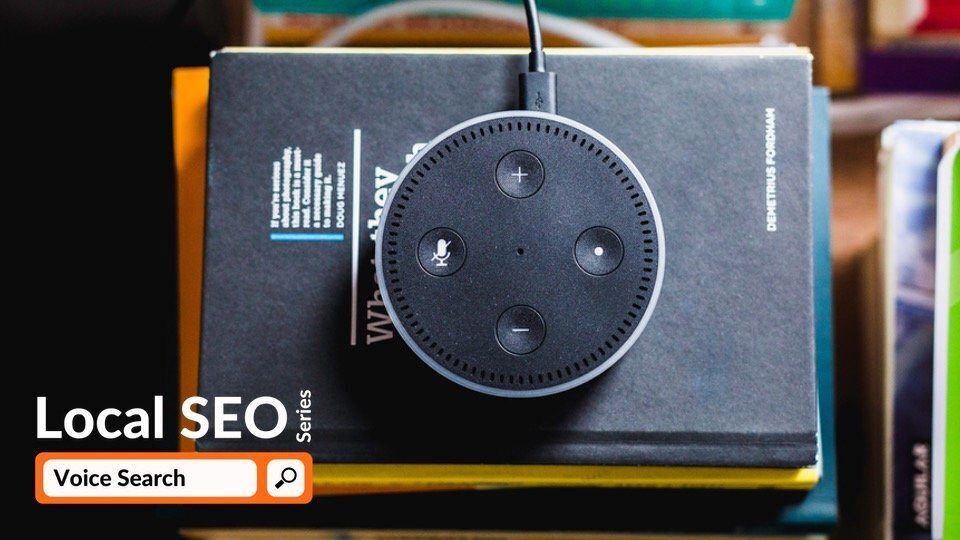


Using our voice to search for information has fascinated us since the days Captain Kirk used it to communicate with the Star Trek Computer. It finally became a reality with Google introducing the voice search feature on Google.com in 2011. In the initial days, voice search was pretty cumbersome with users having to dial a number and wait for the search bar to appear before speaking the keywords. Thanks to smart phones, voice search is now such an integral part of the search query process that tech bigwigs like Amazon, Google, Apple have invested big time with their highly popular voice search products like Alexa, Google Assistant and Siri.
Where does your website feature in this era of voice search based queries? Stats point out that 58% of consumers use voice search to search for a local business. 122.7 million Americans have used voice search in 2021. Google also reported that 60% of people who found a business with voice search then contacted that business using the “click to call” option. Voice search optimization can be insanely lucrative for businesses with over $2 billion worth of business being already powered by voice search. Numbers like this have prompted marketers to adapt their SEO strategy to voice search. After all, it is vital for revenue, sales, and leads alike, so if you haven’t optimized your website for voice search, start working on it today.
So, as a business owner already invested in SEO, how do you react to the evolving scenario? What are the primary areas of up gradation to stay relevant and visible in Google and Bing search query results? Read on, for the perfect solutions.
Voice Search vs. Traditional Search
Traditional search is usually powered by short tail keywords that stress on the exact requirement or product/service name. Voice search is more like a conversation. People who use voice search speak like they are talking to another human, rather than typing keywords into a search bar. Voice search keywords include more natural language phrasing, long-tail searches, and questions. Thus websites, so long used to optimization for typed in SEO keywords, need specific modifications to be responsive towards voice based search.
Tips for Voice Search Optimization
1. Dialogue Friendly Content
To achieve high rankings on Google's search engine's result page (SERP), the website text needs to be optimized for conversational keywords which are generally long tail and ends with the mention of a location or service point. This has to be over and above the content modifications and optimizations carried out for normal type based search SEOs. You can also add a FAQ section to the website and structure blog posts such that they naturally answer queries of online users searching for the business. Google ranks the most relevant answers first.
2. Use Long Tail Keywords
When people speak, they normally use full sentences or longer phrases to search for services or products. Digital Marketers and content writers should be at the top of their game to predict what would be the most probable questions that are asked while referring to a particular product niche or genre. GOIGI's AI powered query generator and search listening tool provides its client with the perfect head start by accurately predicting the most probable voice search queries leading to a business or a product. This tool allows you to get instant, raw search insights, directly from the minds of your customers. With our search listening tool, you can save days on long-winded manual keyword search and map out conversations and create website content accordingly.
Let's suppose we are writing predictive content for a client, who primarily sells rugs in New York city, we can easily start with the most asked queries in New York city, generated by our search listening tool. Along with the proverbial 5 Ws, we also have the added queries that start with how, can, are, will for getting a better bouquet to choose from.
We also follow it up with voice search phrases that use specific filters like with, without, near, for etc.